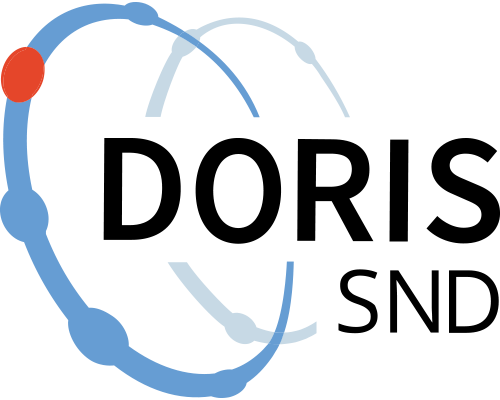Data on the impact of volcanism on Scandinavian climate and human societies during the Holocene: Insights into the Fimbulwinter eruptions (536/540 AD)
https://doi.org/10.57804/69wh-ps35
Recent paleoclimatic research has revealed that volcanic events around 536–540 AD caused severe, short-term global cooling. For this same period, archeological research from various regions evidences significant cultural transformation.
This study focused on the effects of the 536/540 AD volcanic event in four Scandinavian regions by exploring the shift in demographic and land use intensity before, during, and after this abrupt climate cooling. To achieve this, we performed climate simulations with and without volcanic eruptions using a dynamically downscaled climate model (iLOVECLIM) at a high resolution (0.25° or ~25 km). We integrated the findings with a comprehensive collection of radiocarbon dates from excavated archeological sites across various Scandinavian regions. Our Earth System Model simulates pronounced cooling (maximum ensemble mean −1.1°C), an abrupt reduction in precipitation, and a particularly acute drop in growing degree days (GDD0) after the volcanic event, which can be used to infer likely impacts on agricultural productivity. When compared to the archeological record, we see considerable regional diversity in the societal response to this sudden environmental event. As a result, this study provides a more comprehensive insight into the demographic chronology of Scandinavia and a deeper understanding of the land-use practices its societies depended on during the 536/540 AD event.
Datafiles contain R codes in a zip-file, and csv.
The dataset was originally published in DiVA and moved to SND in 2024.
Data files
Data files
Citation and access
Citation and access
Data access level:
Creator/Principal investigator(s):
Research principal:
Data contains personal data:
No
Citation:
Method and outcome
Method and outcome
Geographic coverage
Geographic coverage
Administrative information
Administrative information
Topic and keywords
Topic and keywords
Relations
Relations
Publications
Publications
Metadata
Metadata
Version 1
